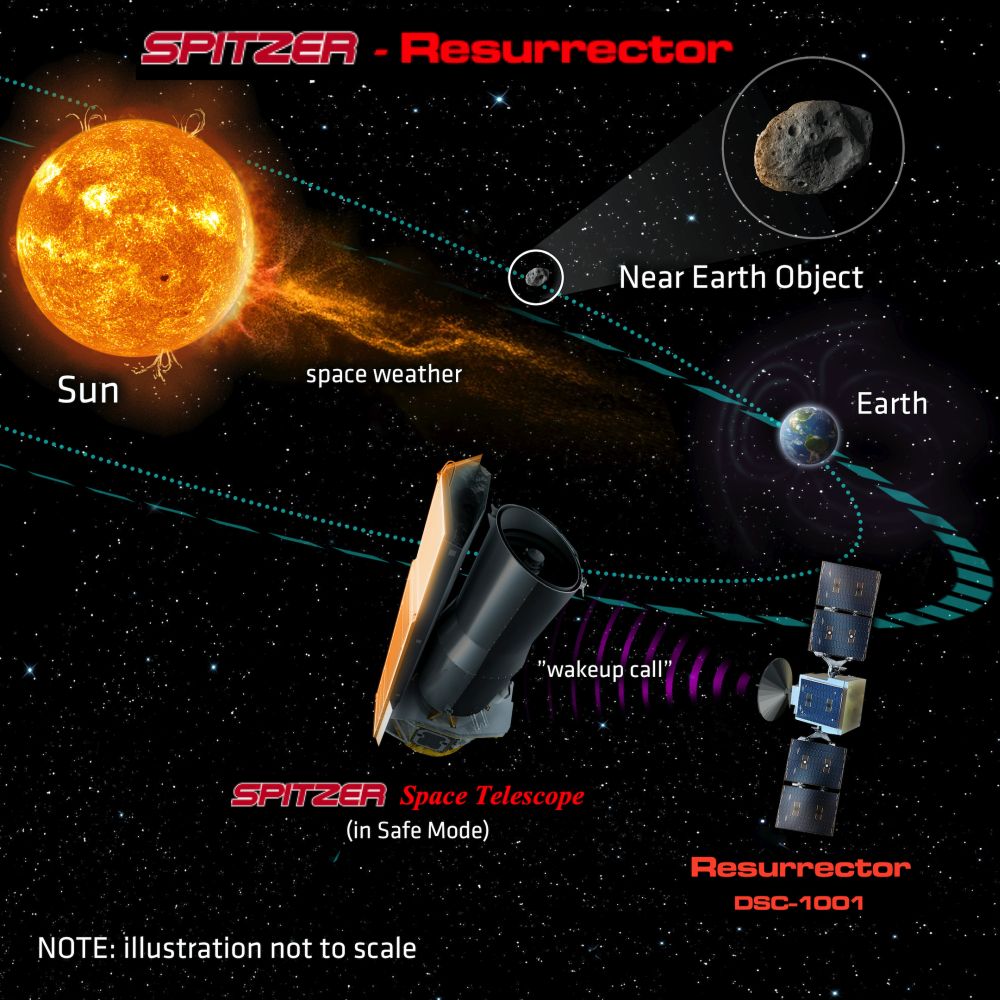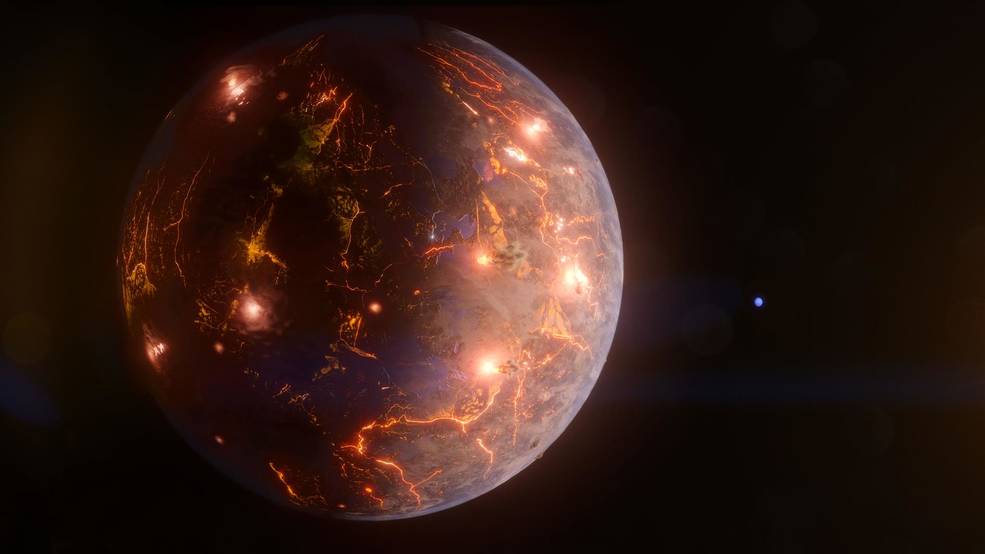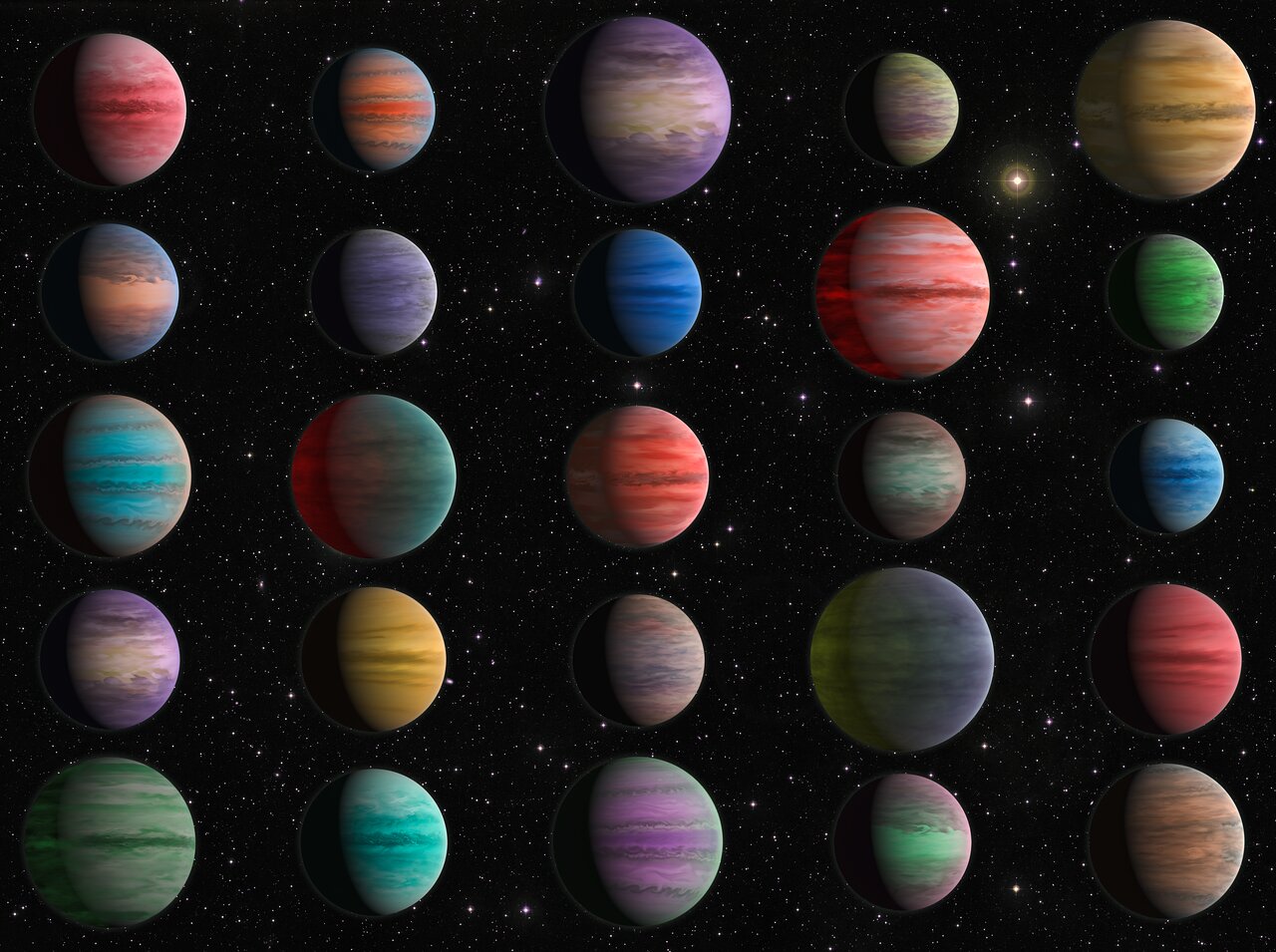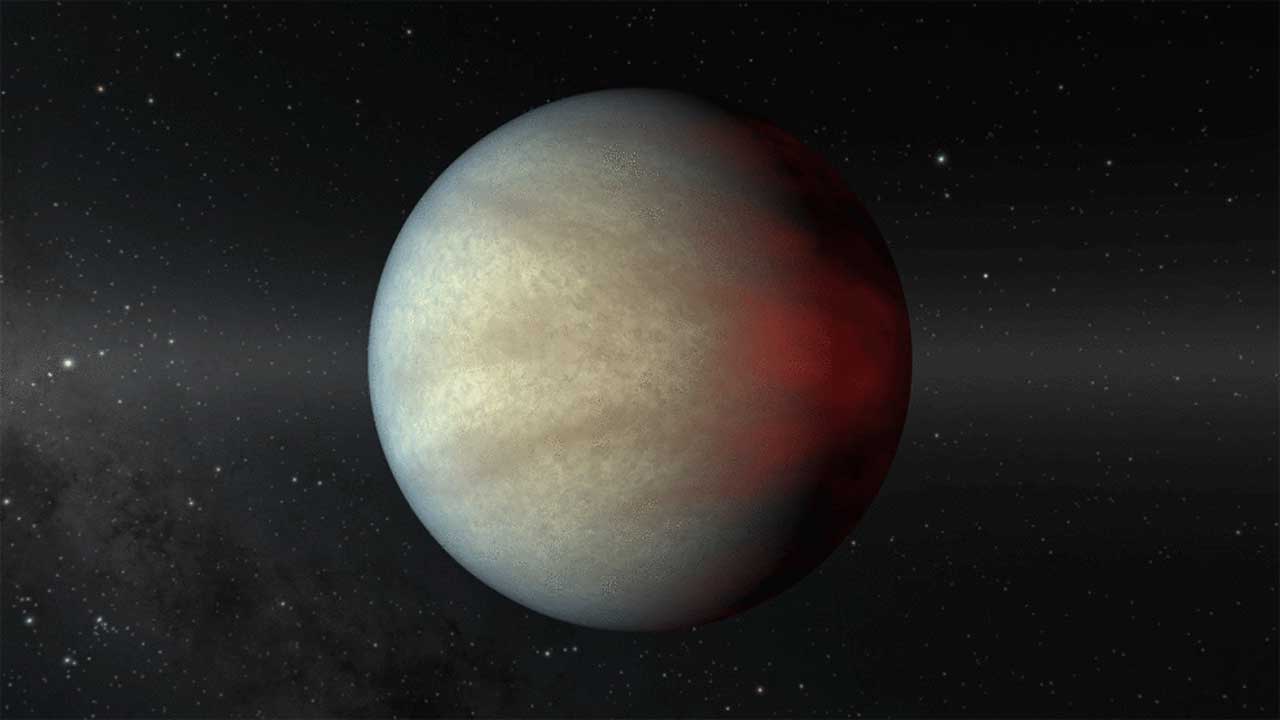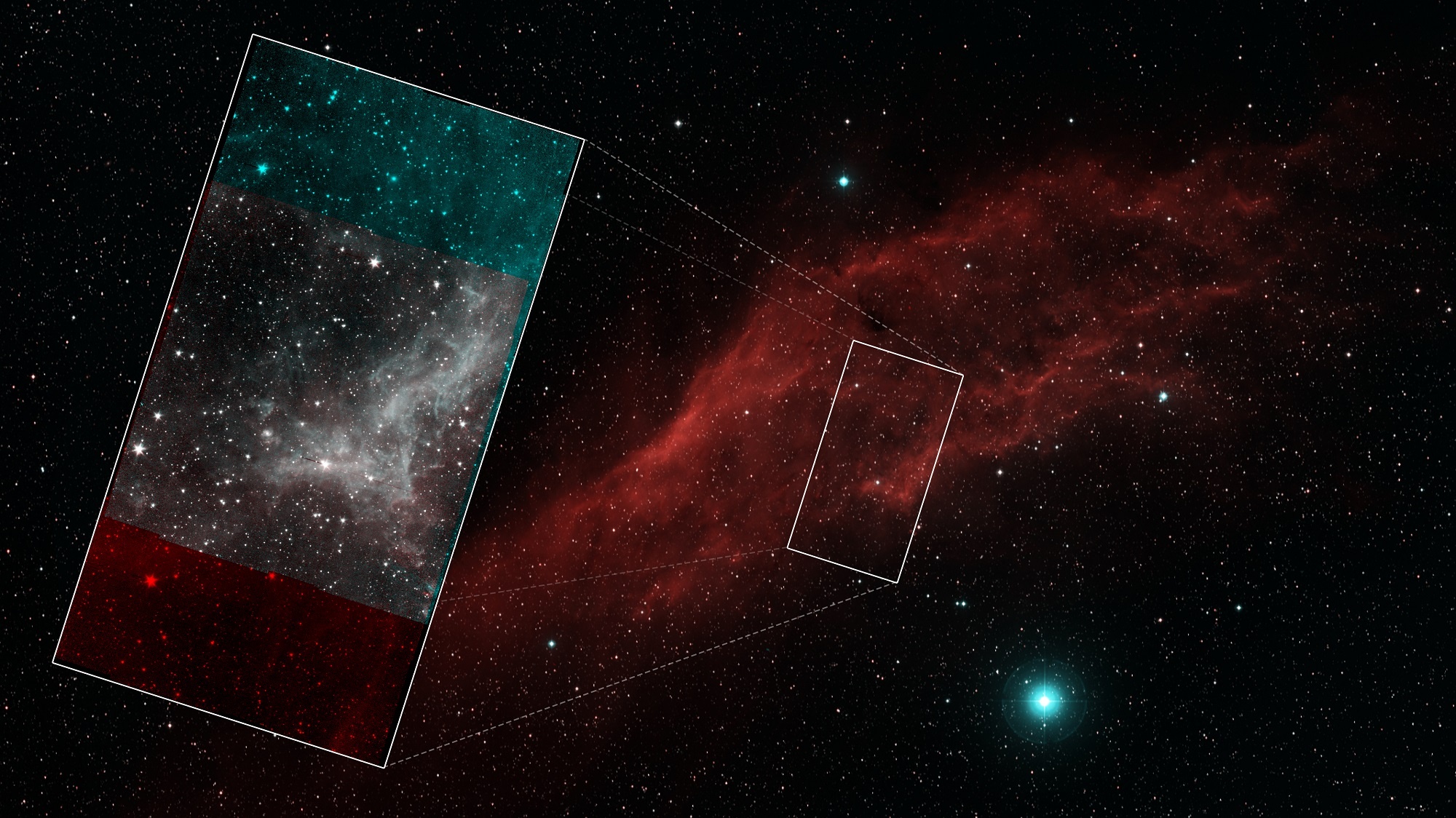NASA’s long-lived Chandra X-ray Observatory teamed up with JWST for the first time, producing this incredibly detailed image of the famous supernova remnant Cassiopeia A. JWST first looked at the remnant in April 2023, and noticed an unusual debris structure from the destroyed star, dubbed the “Green Monster.” The combined view has helped astronomers better understand what this unusual structure is, plus it uncovered new details about the explosion that created Cas A.
Continue reading “JWST and Chandra Team Up for a Stunning View of Supernova Remnant Cassiopeia A”JWST and Chandra Team Up for a Stunning View of Supernova Remnant Cassiopeia A


